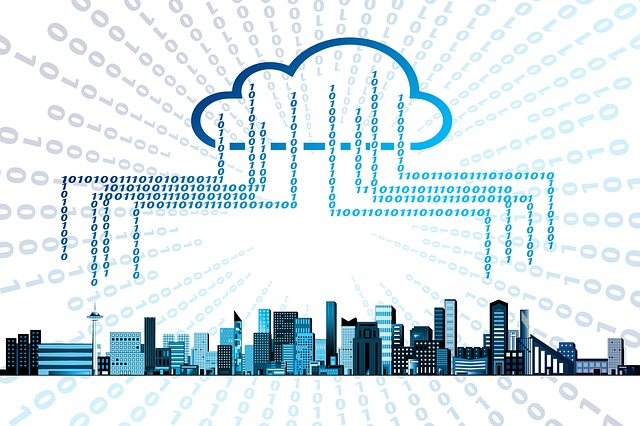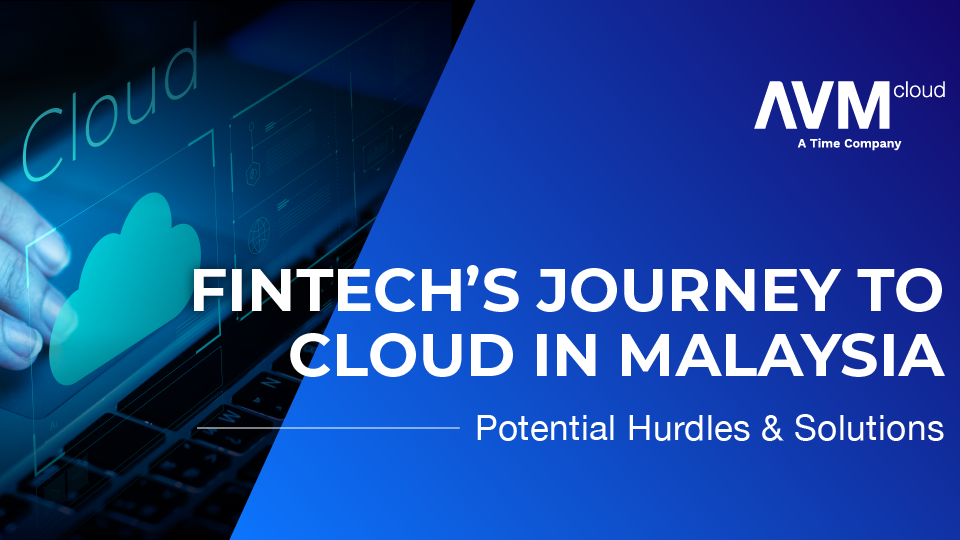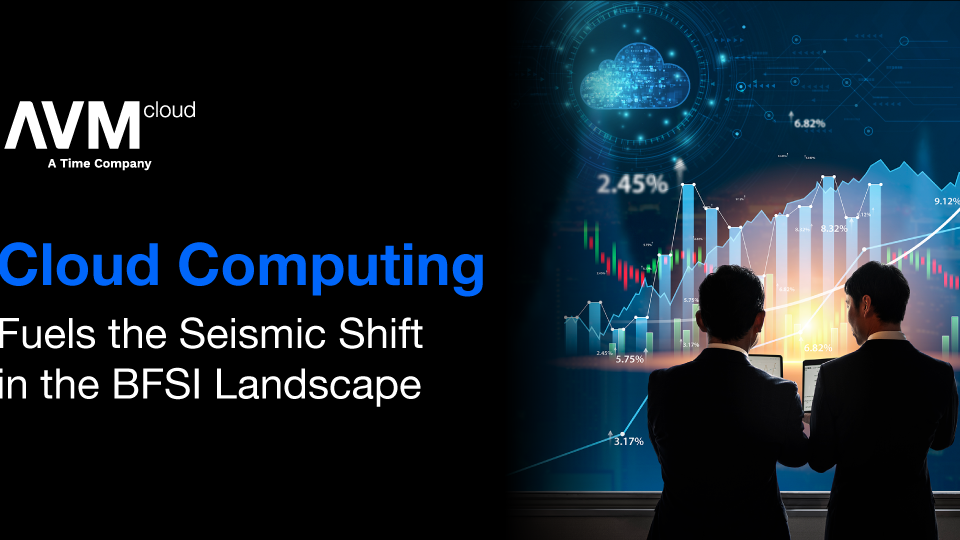
The three traditional pillars of cloud computing — SaaS, PaaS and IaaS — now support such a range of services that IT, and business, is entering the ‘Everything as a Service’ or XaaS era
As soon as internet connectivity became widely available at reasonable speed, and offered low enough latency, service providers of various kinds began offering scalable, on-demand products that were delivered over those connections.
For many observers, the modern cloud computing era dates from the launch of the first business-class software-as-a-service (SaaS) application, Salesforce.com, in 1999. But of course, there were precursors, including application service providers (ASPs) and, before that, utility computing via timesharing on mainframes.
There are now thousands of SaaS applications, available from internet giants to startups, along with services from rather fewer providers of the other two key pillars of cloud computing: platform-as-a-service (PaaS) and infrastructure-as-a-service (IaaS).
With SaaS, service consumers control their data, but everything else in the IT stack is managed by the service provider. With PaaS, the application layer comes into play, while IaaS consumers control everything from the OS layer upwards.
The contrast with traditional on-premises (or private cloud) IT is very clear: the capital costs associated with equipping and maintaining data centres full of physical and virtual servers, networking and storage are someone else’s problem — and large service providers such as Amazon, Microsoft and Google can solve that problem far easier than the average business can. As a customer, you just pay for what you use.
The fundamental benefits of the ‘as a service’ model are well known, and include: a shift from capital to operational expenditure (capex to opex), often leading to lower TCO (total cost of ownership); access for businesses of all sizes to up-to-date technology, maintained by service providers that can leverage economies of scale; scalability according to business requirements; fast implementation times for new applications and business processes; freeing up staff and resources for other projects and priorities.
So what is considered XaaS?
Applications: Software as a Service (SaaS)
App Development: Platform as a Service (PaaS)
IT Infrastructure: Infrastructure as a Service (IaaS)
Network: Software-defined Network (SDN)
Storage: Storage as a Service (STaaS)
Containers: Containers as a Service (CaaS)
Desktop PC: Desktop as a Service (DaaS)
Security: Security as a Service (SECaaS)
Disaster Recovery: Disaster Recovery as a Service (DRaaS)
Artificial Intelligence: AI as a Service (AIaaS)
Backup: Backup as a Service (BaaS)
Credits to original Author
AVM Cloud is a local cloud service provider with variety of public and virtual private IT cloud services with specialization in Infra-as-a-Service (IaaS), Platform-as-a-Service (PaaS), Artificial Intelligence and advanced analytics. AVM Cloud is committed to provide end-to-end solutions for your business needs.
Contact us today at enquiry@avmcloud.net



